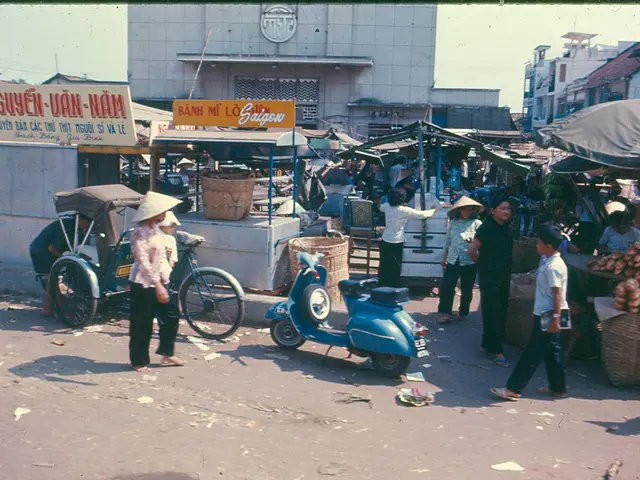Economic Struggles Pose Challenges for India's Wide Middle Class?
The once-declared expansion of India's middle class has given way to a broader debate about its current state, with many analysts expressing concerns over its feared crisis. Unemployment, particularly among graduates, has reached alarming levels, while household savings have plummeted to historic lows, with credit card spending and payment defaults skyrocketing among the middle class. Personal loans have surged beyond Rs 55 lakh crores, a 13.7% year-on-year increase, according to RBI data.
Among the most vocal critics is Saurabh Mukherjea, who claims that middle-class earnings have remained stagnant for over a decade, leading to increased debt as families struggle to maintain their living standards. Economists like Rajesh Shukla, however, remain optimistic, stating that the middle class—defined as households with annual disposable incomes ranging from Rs 5 lakhs to Rs 30 lakhs—continues expanding.
The uncertainty lies not in the overall growth of the middle class, but in its composition. While the aspirational lower and upper segments of the middle class appear to be thriving, the traditional middle class grapples with an escalating burden of costs such as education, healthcare, and housing, feeling increasingly squeezed out financially and politically.
The strain is not only financial but also psychological, with rising levels of stress and burnout among the middle class in urban centers. International migrations, particularly of middle-class students, have surged, highlighting the desperation of this demographic.
According to Homi Kharas in his book Rise of the Global Middle Class, India continues to add millions to its middle class each year, although the well-being of the nation is not solely determined by economic growth. The character and collective consciousness of a nation are shaped by values, institutions, and ideas generated by its people.
As the middle class plays a pivotal role in shaping the destiny of a nation, the question remains whether India's traditional middle class can break out of its current predicament. The focus must shift towards targeted reforms, such as better wage growth, social safety nets, and support for affordable living, to ensure the stability of India's economic backbone.
In the ongoing debate about India's middle class, concerns have been raised over the financial strain faced by traditional families. Amidst stagnant income growth, these households are burdened with the escalating costs of education, healthcare, and housing, leading to increased personal debt and financial stress.
To address this crisis, it is crucial to implement targeted reforms, such as promoting better wage growth, establishing social safety nets, and supporting affordable living, thus ensuring the stability of the nation's economic backbone through the improvement of personal finance and the well-being of its middle class.








